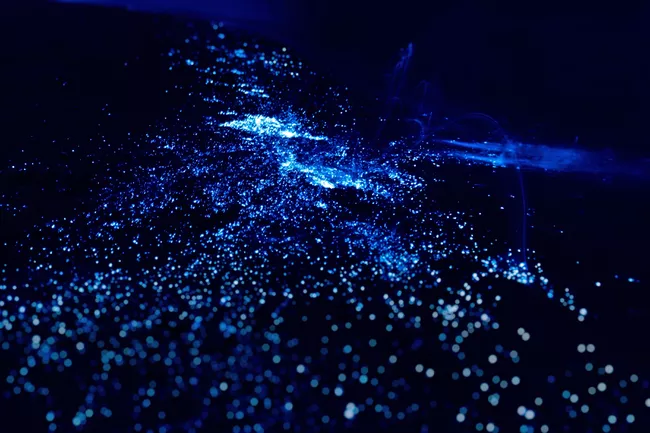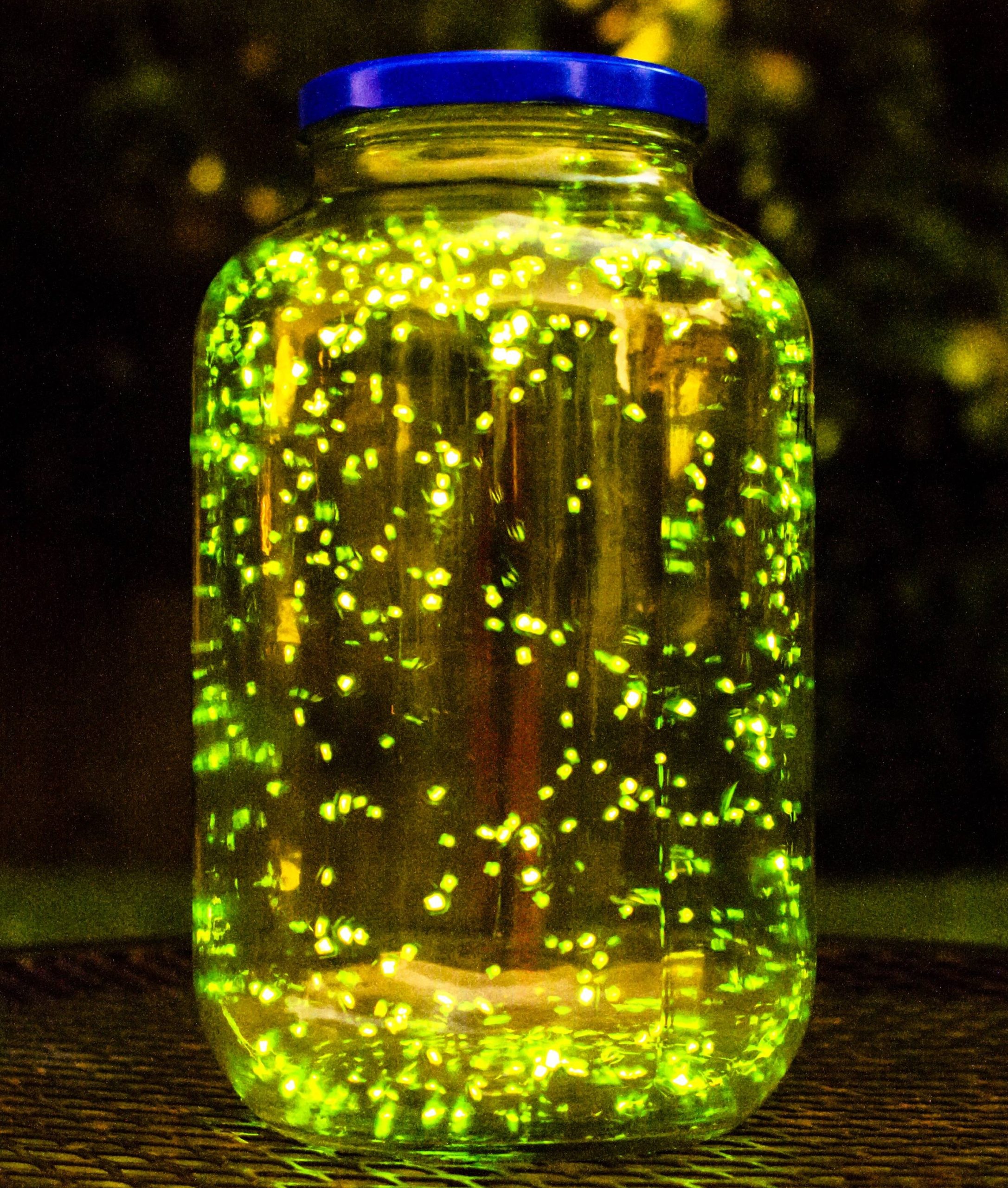Bioluminescence as the future of clean energy
Is bioluminescence the future of clean energy? Light production has changed very little since Thomas Edison invented the light bulb in 1879 (1). LED (light-emitting diode) light bulbs have reduced the cost of electricity, but scientists must still create new kinds of sustainable lighting to head towards a greener future. By generating bioluminescence, algae and fireflies can provide a natural solution to sustainable and healthy electricity. The advancement of bioluminescence as a new form of light is currently being studied across the globe.
Microalgae called dinoflagellates can release blue light at night (1). This release of light via a chemical reaction is known as bioluminescence. When prompted, algae can start a chain of chemical reactions in which its enzyme luciferase binds to luciferin and transfers its energy. This release of energy is visible as light (1).
Algae are plants and thus obtain their energy via sunlight and carbon dioxide to conduct photosynthesis and produce light (1). When carbon dioxide reacts with water, this process leads to ocean acidification. Algae are particularly beneficial to clean energy as they are able to convert carbon dioxide into natural light. Currently, companies primarily obtain electricity by burning fossil fuels, which leads to the release of carbon dioxide into the atmosphere (2). Carbon dioxide is the most dangerous greenhouse gas because it traps solar energy and prevents heat from escaping into space (2). This process leads to the greenhouse gas effect, in which gasses such as CO2 trap heat in the atmosphere and prompt intense global warming (2).

Using algae as a lamp to illuminate cities could lower greenhouse gas emissions sustainably and help maintain a cleaner planet. However, this potential invention involving bioluminescence is still in development. Even if the algae could light on command, they could only do so for a limited amount of time (1). Therefore, scientists are working to create a way to elongate the light release by finding the genes that emit light and genetically modifying them (1).
Firefly light is another form of bioluminescence (3). Similar to algae, fireflies produce light from a chemical reaction between luciferin and luciferase (3). Scientists at Connecticut College have been testing ways to transfer the energy produced through this reaction to nanorods so that they can glow (3). The nanorods consist of an outer shell of cadmium sulfide and an inner shell of cadmium selenide (3). Currently, the researchers are working on elongating the period in which light is released and hope to broaden the scale of their project.

Both fireflies and algae are able to create bioluminescence. However, bioluminescence as a form of sustainable light is still being tested. Who knows––maybe one day cities will rely entirely on light from a bug or plant.
Bibliography:
1. Ejlsted, K. (2018, May 3). Future Cities Could Be Lit by Algae. ScienceNordic. Retrieved from https://sciencenordic.com/denmark-forskerzonen-researcher-zone/future-cities-could-be-lit-by-algae/1455564.
2. Nunez, C. (2019, May 13). Carbon Dioxide Levels Are at a Record High. Here’s What You Need to Know. National Geographic. Retrieved from
https://www.nationalgeographic.com/environment/article/greenhouse-gases.
3. Syracuse University. (2012, June 15). Nanotechnology Used to Harness Power of Fireflies. ScienceDailey. Retrieved from https://www.sciencedaily.com/releases/2012/06/120615114104.htm.
